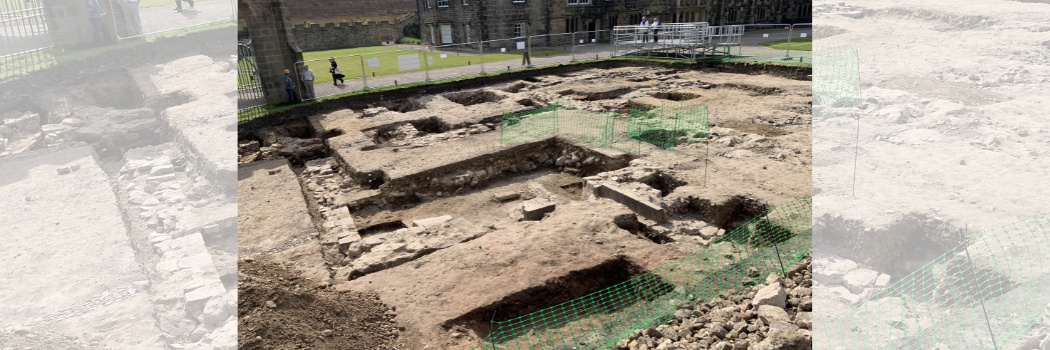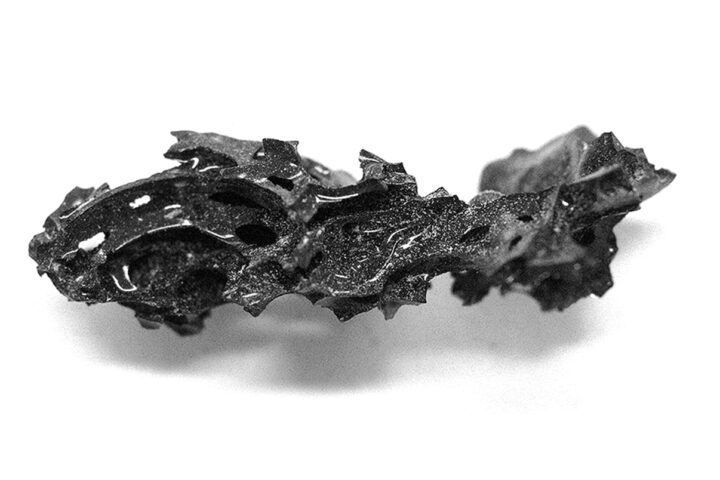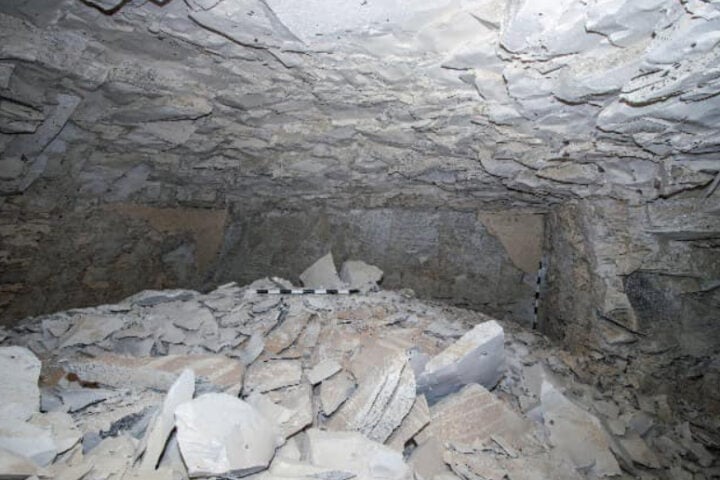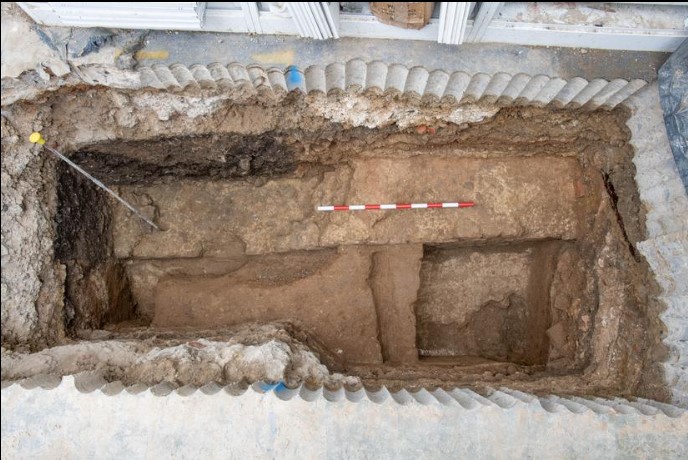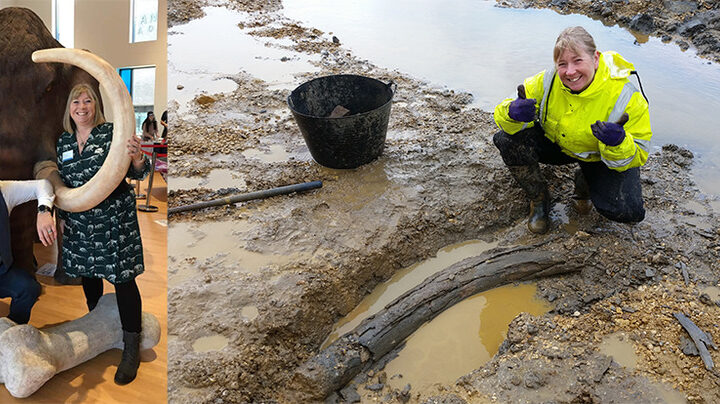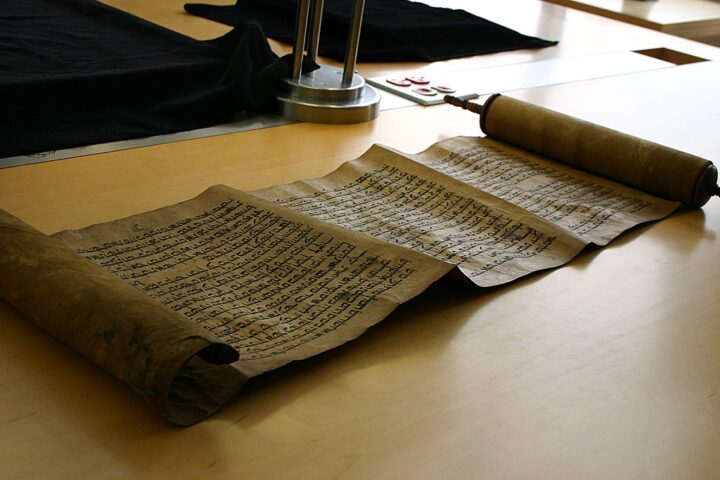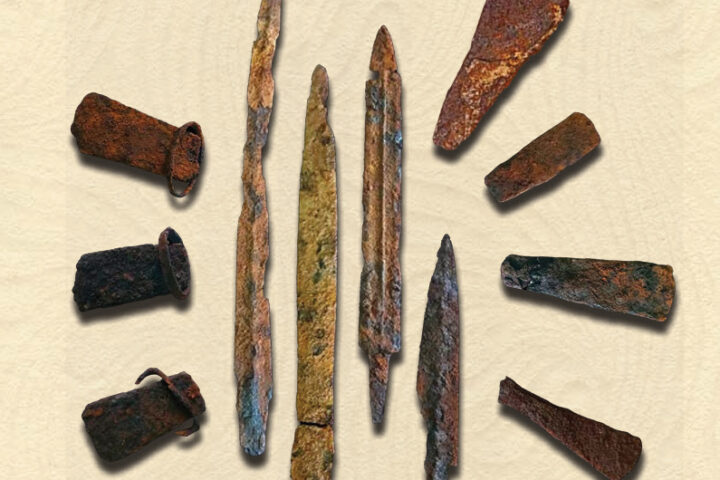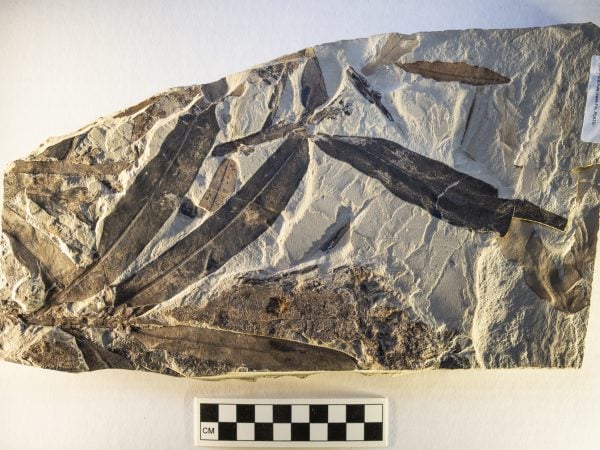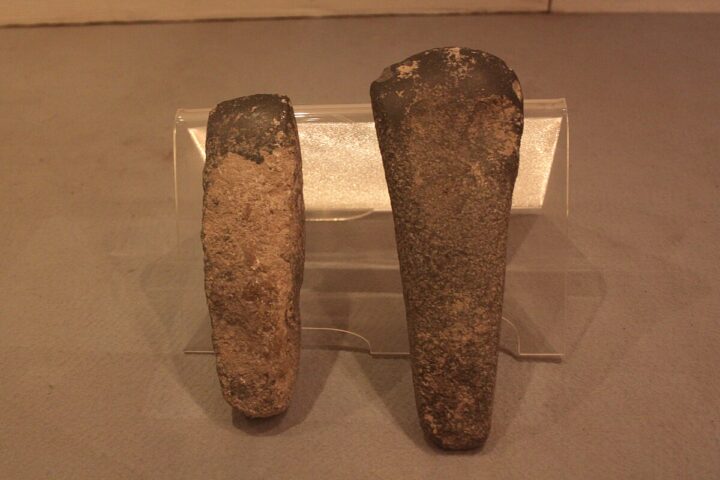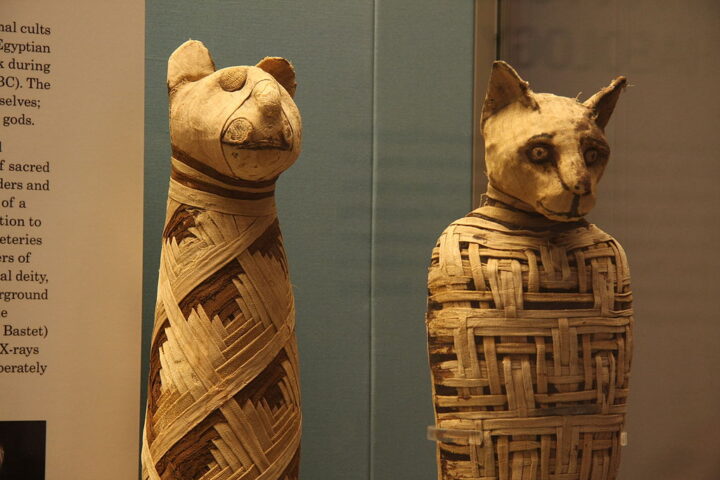A house that vanished from history has emerged at Auckland Castle in Durham, giving us a rare look at life during England’s brief period without a monarchy. Durham University archaeologists found the building just 10 centimeters underground, where it had stayed hidden since the 1650s.
“This discovery lets us peek into a time when everything changed in England,” says Professor Chris Gerrard from Durham University. His team found more than just walls – they uncovered the story of Sir Arthur Haselrig, who built the house during Oliver Cromwell’s rule.
Haselrig used gunpowder to tear down parts of an old chapel from the year 1300, then used those same stones to build his new home. But he never got to live there. When kings returned to power in 1660, Haselrig landed in prison, where he died. The new Bishop of Durham, John Cosin, then demolished the house.
The dig turned up surprising treasures in the castle’s kitchen rubbish dumps. “Finding items like gold decorations and coins is really exciting,” says Annabelle Scullion, who studies archaeology at Durham University. “You realize you’re the first person to touch these things in hundreds of years.”
Over 100 people worked on the dig, which caught local attention. Visitors spent hours watching from a viewing platform as teams carefully uncovered medieval items: a gold flower, a gold and silver knife, an arrowhead, stained glass, coins, and a jet dice.
Similar Posts
“When people watch us work, they’re learning new things about their own local history,” Professor Gerrard explains. He notes this shows what life was like before mining shaped the region.
John Castling, who manages archaeology for The Auckland Project, says these findings will make Auckland Palace “one of the best understood bishop’s palaces in Western Europe.” The team plans one final dig in June 2025, with hopes to later display their discoveries for the public.
